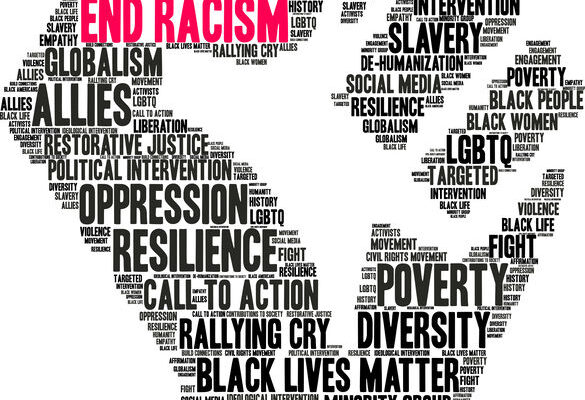There is a type of verb you see in many strategic plans in the human services sector: leverage, partner, collaborate, convene, and advocate. Organizations reach for these words when they recognize the limits of their own mandates and resources. Agencies work hard to deliver their own services more effectively, efficiently, humanely, and equitably. But leaders know that achieving real change – particularly for those who face the greatest hardships – requires us to look beyond the limits of our own organizations.
BMG has helped dozens of organizations develop strategic plans, including many Ontario children’s aid societies. We have struggled with our clients to articulate how working in partnership will help to advance an organization’s mission. Long after our work is done, staff and boards struggle with how to plan, execute, and evaluate the impact of partnership work. These are challenging tasks.
The Ontario government released its strategy for the child welfare system last week. The plan is short on details. Most notably, there was no substantive information about the resources required to make it happen. But we saw some worthy directions in the government’s plan. We agree that child welfare should be working to intervene earlier and support families more effectively. Residential services should be deployed less often, and more effectively. With help from government and others, the sector must address the disproportionate referrals of Indigenous and Black children.
The strategy also strongly emphasizes partnership. Intervening earlier requires “organizations working together. Supporting families requires “connecting them to service”. Addressing the needs of Indigenous and Black families requires child welfare agencies to look beyond their own expertise to develop culturally appropriate services.
Most human service leaders are wise enough to recognize that their organizations do not have all the answers. But this recognition does not automatically translate into effective partnership. Why not?
First, it is worth noting that the governments often make partnership more difficult. Rigid funding rules make it challenging to share resources effectively on collaborative initiatives. Government implementation schedules usually require rapid, top-down decision making, rather than engaging with local partners to allocate resources more collaboratively. Rarely does any key performance indicator capture collaboration with partners.
In both government and community sectors, collaboration is often understood to be with other similar organizations. In child welfare, for example, governments have expended considerable effort on the amalgamation of neighbouring children’s aid societies. There may be opportunities for administrative savings in this approach. But it ignores the hard work of working across sectors within communities – with schools, mental health agencies, and services for special needs children. These are the efforts required to connect children and families to service earlier.
Boards of directors should ask whether they are impediments to greater collaboration. Board members have fiduciary duties to their organization. But directors also represent the broader community interest. That interest is generally best served by asking questions rooted in community need, rather than the interests of one organization. Who else is working in this area? Who else has the expertise to be participating in this work – or leading this work? Does this initiative support integrated service for our clients? These are questions boards should be asking. And senior staff should welcome these inquiries as evidence of engaged board members.
Organizational leaders often have experience with the practical barriers to partnership: collective agreements and other HR issues, liability concerns, conflicting legal imperatives, branding, and many others. These barriers are real, and they need to be confronted thoughtfully. Getting the details right on these questions makes all the difference.
There are many models of integration, partnership, and collaboration. At BMG we have written before about one promising example – Hamilton’s Thrive model. Thrive goes further than shared services, but does not require full amalgamation. More information is available here.
In the coming months we will learn more about the government’s approach to implementing its child welfare strategy. There will be lots of talk about resources, and for good reason. Child welfare organizations need to be sustainable. But we also hope that both government and the sector will think long and hard about partnership. Child welfare agencies across Ontario are already struggling to provide the protection services required by law. Moving toward a prevention-oriented system cannot be accomplished with child welfare resources alone, and a superficial approach to collaboration won’t get the job done.
This is going to be hard work. Incorporating the voice of youth and families will be an important component of these efforts. These perspectives will remind us what is really at stake, and why placing a higher priority on collaboration is more important than ever before.
For more information, please contact David Barnes at BMG. david.barnes@barnesmanagementgroup.com
Written by: David Barnes and Barney Savage
Image copyright: tomertu, www.123rf.com




